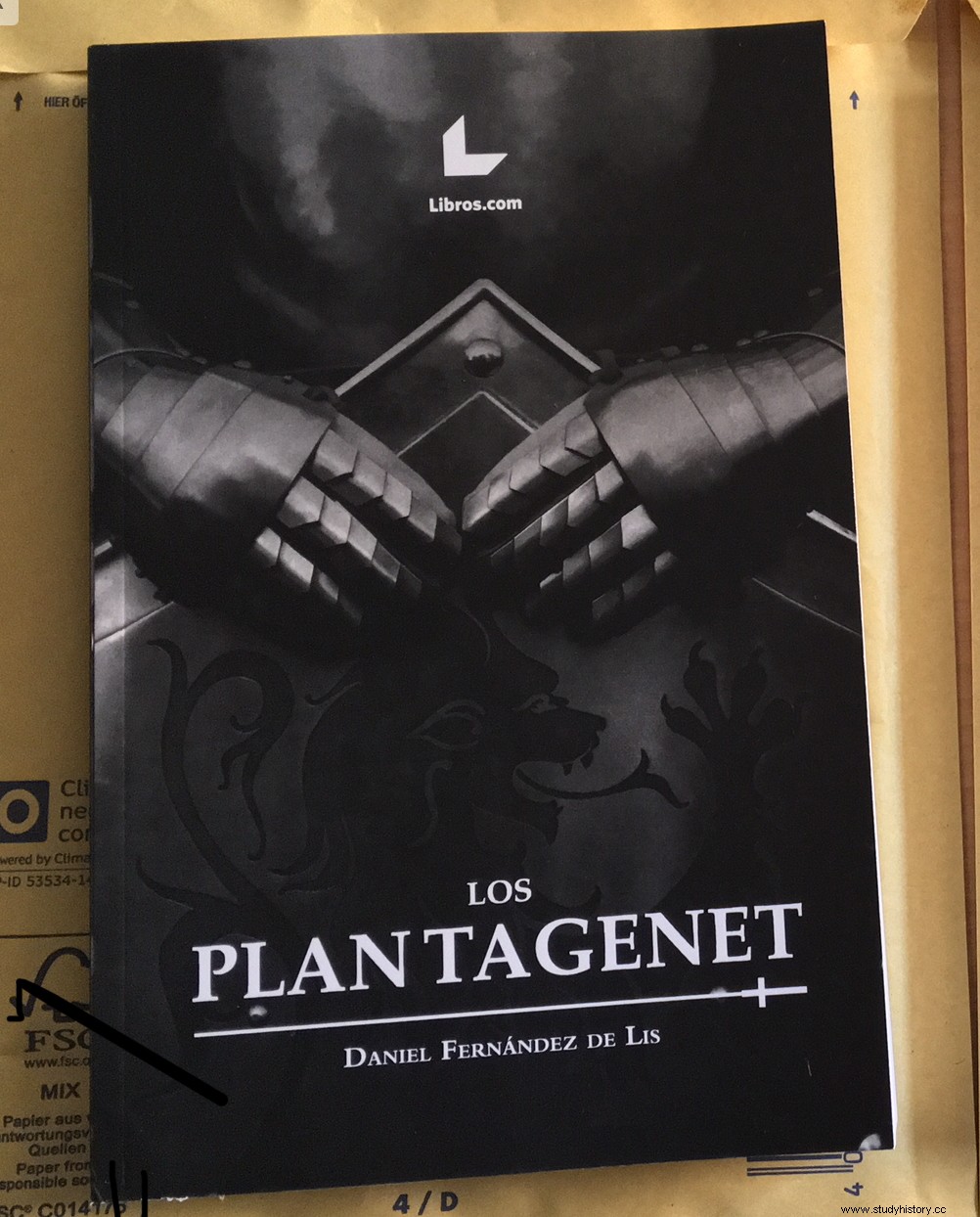 Entry taken from the book The Plantagenets
Entry taken from the book The Plantagenets
In the last blog entry, Edward I of England vs. Llywelyn Prince of Wales, we had left the latter kneeling before the former to pay homage to him at Westminster on Christmas Day 1277. From then on there were a few years of unsettled balance between the diminished possessions of Llywelyn and his brother Dafydd and the conquests of the English in Welsh territory.
However, Edward I had no intention of loosening the yoke imposed on Wales; and proof of this is a fact starring the English king, apparently insignificant, but loaded with enormous symbolism (Edward loved this type of symbolic gestures, as we will see later).
In 1191, the monks of Glastonbury Abbey had announced to the world that they had located within its walls the tombs containing the mortal remains of the mythical King Arthur and his wife, Queen Guinevere. In the twelfth and thirteenth centuries, stories and legends about King Arthur were at their peak. According to Geoffrey of Monmouth, in his Historia Regum Britanniae, Arthur had been a British chieftain who sometime between the 5th and 6th centuries had temporarily stopped the invading Saxons from taking over Roman Britain. Wounded at the battle of Mount Badon, Merlin had cast one of his spells on Arthur and taken him to the Isle of Avalon, where he lay asleep waiting to reappear in a time of great need to lead the Britons and defeat the invaders. /P>
What happens is that the Britons were finally defeated by the Saxons and cornered in the southwest of the island, that is, in Wales. Therefore, the Welsh were the descendants of those Britons whom Arthur had led, while the English were descendants of the Saxon invaders. If the legends were true, the Welsh believed, Arthur would return to lead them to defeat the English at this time of great need when the Britons were subjugated by the descendants of the Saxons.
It is not likely that Eduardo attached much importance to these legends, but he certainly did pay attention to the symbolism they contained applied to the situation in 1277 and 1278. So he decided to go, accompanied by his wife Eleanor of Castile, to the place where Arthur's grave was located at Glastonbury. There he proceeded to dig up his bones and carried them, Eduardo with those of Arturo and Leonor with those of Guinevere, to a new location much more in keeping with the dignity of both characters.
Thus, on April 19, 1278, Eduardo proceeded to bury with great pomp and ceremony the mortal remains of the mythical Arthur. He covered the grave with a large slab and, so that there would be no doubt, he proceeded to place his own seal and that of his wife on the stone, as if to certify that the mortal remains of the king were indeed there. Arthur. The message to the riotous Welsh was clear:Arthur was dead, well dead and buried, and he was not coming back from the Isle of Avalon to rid them of English rule.
Coexistence between the English and Welsh became more and more complicated, until latent tensions finally erupted into open conflict in March 1282. We will dedicate the next blog entry to this topic.
We remind you that anyone who wants to know more about this history and, in general, that of the reign of Edward I, can read the excellent book Edward I, a great and terrible King by Marc Morris, which is serving as a source for these entries.
